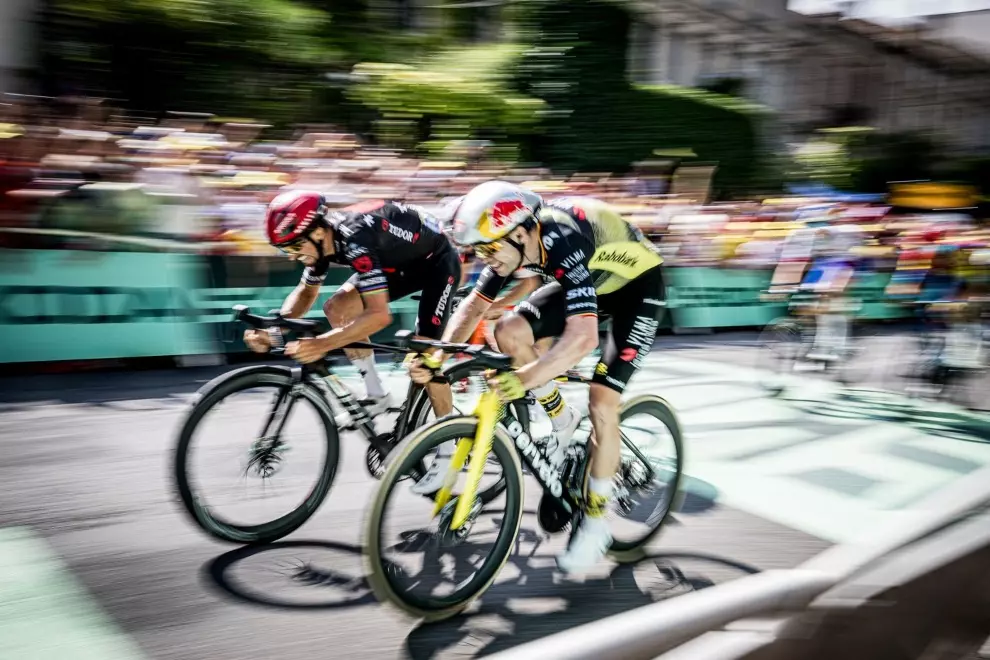Surveys can be misleading and should not be interpreted with confidence but they do suggest some trends. The information collected by Strava shows some interesting information about differences in preferences between different age groups, including the so-called Generation Z.
A survey of 7,000 users of the mobile app, which has been measuring physical activity since 2009, shows that members of Generation Z prefer to ride gravel bikes and e-bikes. Overall, the popularity of outdoor exercise is growing, and the choice of bike reflects this. For example, the popularity of cycling on gravel roads has increased by 55%, according to the report.
Generation Z and its relationship with e-mobility
Generation Z, often abbreviated as Gen Z, refers to the demographic group following the Millennials and preceding the Alpha generation. While there’s no strict consensus on the exact birth years that define Gen Z, it’s generally accepted that they were born between the mid to late 1990s and the early 2010s.
Gen Z is the first generation to have grown up entirely in the digital age, surrounded by smartphones, social media and constant connectivity. As such, they are highly experienced with technology and use it in various aspects of their lives, including sports, so it’s no big surprise that they’re keen on electric mobility which grew by 23 % in general according to Strava records.
The explanation may lie in many members of Gen Z living in urban areas where traffic congestion and pollution are common problems. For environmentally conscious Gen Zeds, e-bikes represent a sustainable mode of transport that aligns with their values and provides them with a convenient and efficient means of navigating city streets as an alternative to driving or using public transport.
Where do the generations stand?
This is the first time Strava has decided to categorise its users by generation. It evaluated the results obtained by date of birth and divided them into Boomers, Gen X, Millennials and Gen Z. Strava insists that Gen Z has different riding habits to its predecessors. In particular, Strava analysed the average speed of recorded rides, as well as the average distance ridden by members of each generation. For example, the data shows that members of Gen Z ride slightly faster (20,9 km/h resp. 20,2 km/h) but for shorter distances than Boomers (22,6 km resp. 33,2 km).
Taste for commuting
According to Strava, the TikTok-loving generation has developed a taste for cycling to school (or work), making up 17% of global bike commuters. Millennials made up the largest share at 47%. Strava goes on to claim that members of Gen Z are among the most social in sports, both within the app and in the real world. This means that not only are they more active in sharing their experiences online but they are also more likely to seek out the company of others on their rides – in other words, the trend is towards fewer solo riders and more cyclists who enjoy riding with at least two people. According to Strava’s findings, members of Gen Z are 29% more likely to ride with another person than Millennials. According to Strava, it was mainly Gen Z members who contributed to an 11% increase in the number of new virtual “cycling clubs”.
The study also found that Trek is the most used bike brand, followed by Specialized and Giant. The most widely used cycling accessory was the Garmin Edge 530 head unit. Strava said the “cycling boom continues” as the proportion of riders who rode at least 100 km increased by 5% but cycling fell to second place behind running in the overall popularity rankings. Walking, trail running, gravel biking and mountain biking followed, with virtual rides coming in seventh.
What can Strava data tell us about the future of cycling? Cycling is popular even among the youngest members of the population but in general, it is becoming more of a mode of transport than a sport. This may have something to do with lifestyle and partly with cost. As a generation that has experienced economic uncertainty, Gen Z is often mindful of spending. Bicycles can offer long-term cost savings compared to other modes of transport while giving young riders the opportunity to spend more time together.




